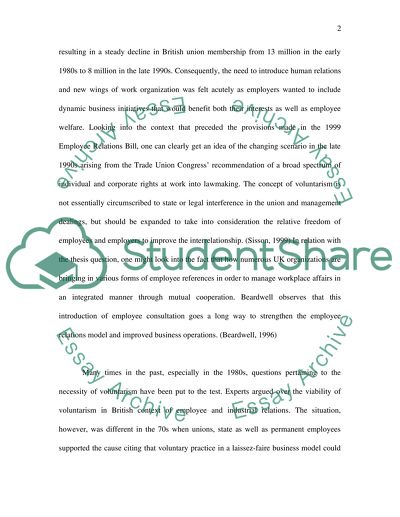Cite this document
(Employee Relations, Voluntarism and Pluralism Essay Example | Topics and Well Written Essays - 1750 words, n.d.)
Employee Relations, Voluntarism and Pluralism Essay Example | Topics and Well Written Essays - 1750 words. https://studentshare.org/human-resources/1551891-employee-relations-voluntarism
Employee Relations, Voluntarism and Pluralism Essay Example | Topics and Well Written Essays - 1750 words. https://studentshare.org/human-resources/1551891-employee-relations-voluntarism
(Employee Relations, Voluntarism and Pluralism Essay Example | Topics and Well Written Essays - 1750 Words)
Employee Relations, Voluntarism and Pluralism Essay Example | Topics and Well Written Essays - 1750 Words. https://studentshare.org/human-resources/1551891-employee-relations-voluntarism.
Employee Relations, Voluntarism and Pluralism Essay Example | Topics and Well Written Essays - 1750 Words. https://studentshare.org/human-resources/1551891-employee-relations-voluntarism.
“Employee Relations, Voluntarism and Pluralism Essay Example | Topics and Well Written Essays - 1750 Words”. https://studentshare.org/human-resources/1551891-employee-relations-voluntarism.


